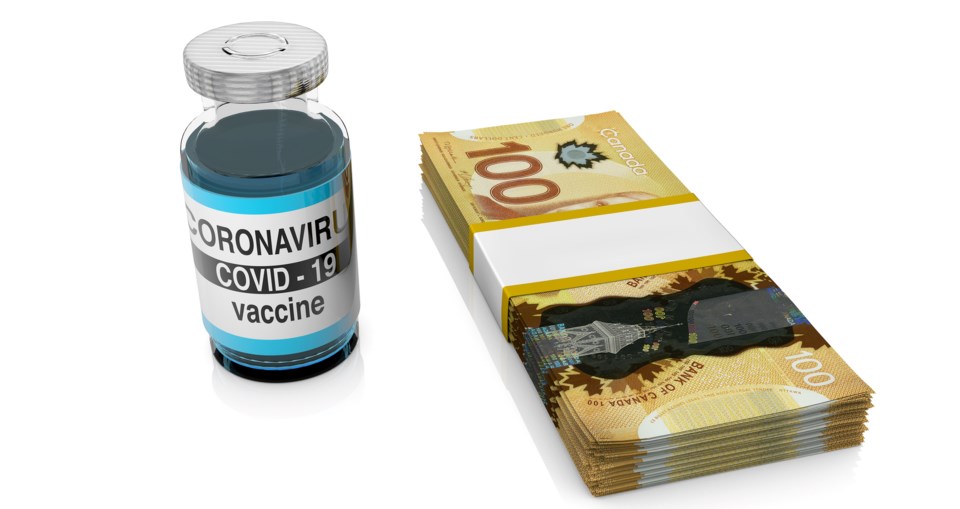The NDP government budgeted $875 million to handle the COVID-19 pandemic, including the next phase of the mass-vaccination program.
The funds are contained in $4.8 billion of contingencies, according to the government’s first quarterly report released Monday.
The $875 million is the biggest portion of the $2 billion set-aside for pandemic health and recovery measures for the fiscal year through March 31, 2023. Another $870 million is available within the pandemic contingencies account, but not earmarked.
The Ministry of Health said that it spent $626 million on the province’s COVID-19 mass-vaccination campaign during the fiscal year that ended on March 31, including the mass-vaccination clinics, call centre and vaccine management database.
B.C. still faces rolling closures or reduced hours at some hospital emergency departments, particularly in rural areas and ongoing staffing challenges at Emergency Health Services.
“We're still seeing people away sick and that creates a lack of coverage, in some instances,” Minister of Finance Selina Robinson told reporters Monday. "And so that is really a significant challenge. So we do have contingencies built into support, support that work to deliver health care to British Columbia. You've also seen delivering more resources [$118 million] to primary care physicians, for example, as an interim measure to help keep their doors open.”
Robinson’s updated budget forecasts a $706 million surplus, a turnaround from a predicted $5.5 billion deficit. Revenue is $9.3 billion higher than projected, at $77.8 billion, driven by increased tax revenue, while the government expects to spend $3.14 billion more, at $74.15 billion. The increased spending includes $1.9 billion for contract settlements with public sector unions, $1 billion for inflation relief payments and $229 million more to fight wildfires.
“It's important that we recognize that these numbers are based on how things have been for the first three months of the year, and we're projecting forward,” Robinson said. “So it's forward-looking about how we anticipate but we also know that things can change.”
Robinson’s budget continues to assume economic and job recovery, but ongoing risks from inflation, the pandemic and geopolitical strife, including Russia’s war on Ukraine. Robinson also pinpointed the recent lockdown of 22 million people in Chengdu, China that is expected to further hamper global supply chains.
At the end of August, Robinson released the public accounts for the last fiscal year and reported a $1.3 billion surplus.
Auditor General Michael Pickup issued a qualified opinion, criticizing Robinson for incomplete disclosures and under-reporting. Pickup red-flagged a $6.5 billion surplus discrepancy, because the government continues to use a different accounting standard, more than $1 billion of understated contractual obligations in 2023 and 2024, and $91 million of First Nations gambling revenue sharing that was also understated.




